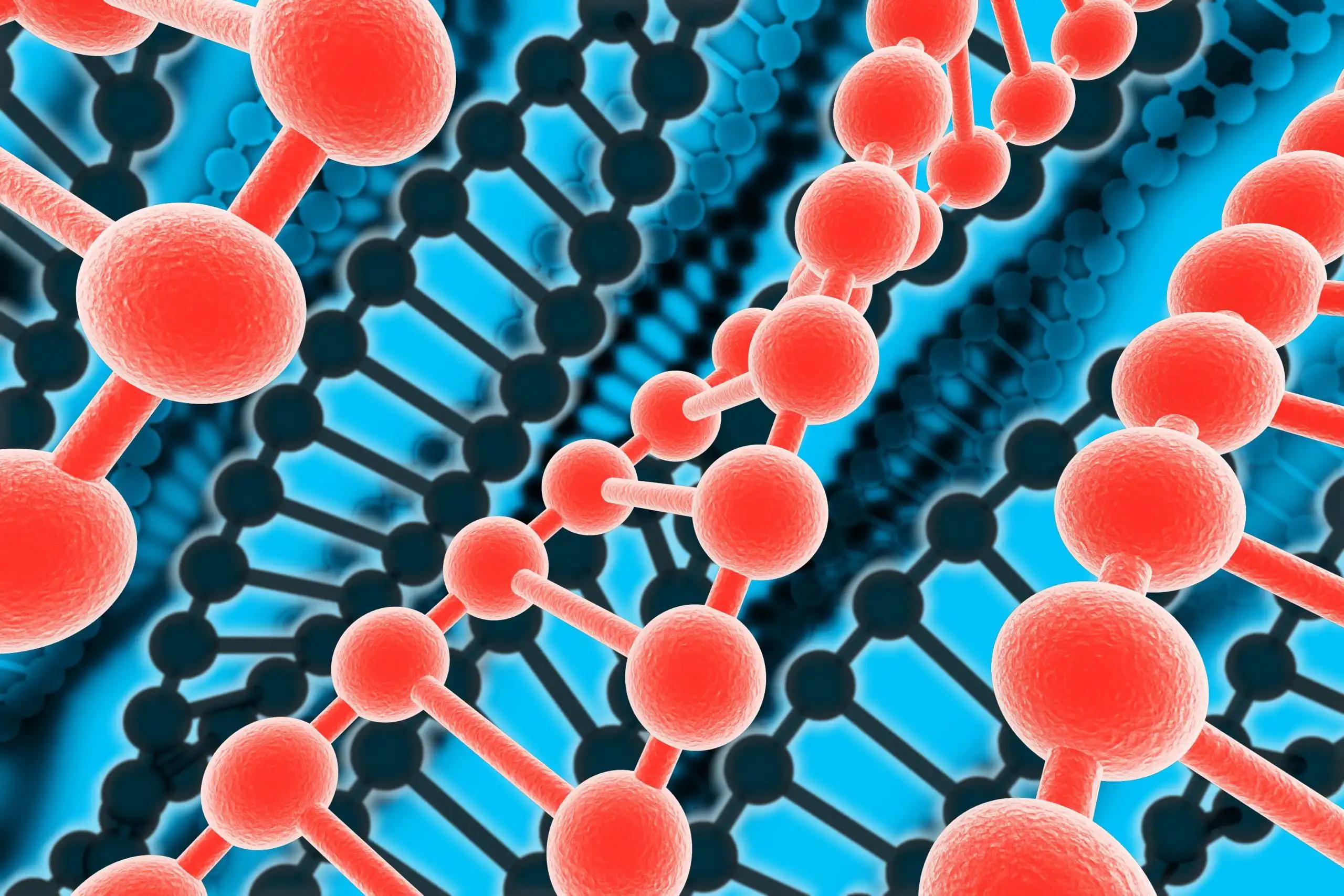KEY TAKEAWAYS
- The study aimed to investigate the IHC expression of Caspase1 and EGFR in breast carcinoma and their prognostic significance.
- Researchers concluded that Caspase1/EGFR IHC expression identifies patients with breast carcinoma who may benefit from targeted therapies.
Despite advancements in breast carcinoma treatments, resistance mechanisms such as anti-apoptosis and anti-pyroptosis hinder the effectiveness of these therapies. This study evaluates the immunohistochemical (IHC) expression of Caspase1 and EGFR in breast carcinoma and explores their associations with clinicopathological features. The expression patterns of Caspase1 and EGFR are examined to identify patients who may benefit from specific therapeutic interventions.
Eman Tawfik Enan and the team aimed to assess the prognostic significance and potential as therapeutic targets of Caspase1 and EGFR expression in breast carcinoma.
They performed an inclusive analysis involving 153 patients with breast carcinoma. After reviewing the hematoxylin and eosin-stained slides and routine breast carcinoma IHC stains, including estrogen receptors, progesterone receptors, HER2/NEU, and Ki-67, by 2 pathologists, tissue microarray blocks were prepared. Anti-Caspase-1 and EGFR IHC staining was conducted using the Horseradish Peroxidase (HRP) technique.
The intensity and percentage-based scoring classified the patients into Caspase1-negative and positive expression groups and EGFR low and overexpression groups. Statistical analyses evaluated associations with various clinicopathological parameters, including age, tumor size, histological and molecular subtype, grade, nodal status, metastasis/recurrence, TNM stage, and Ki-67 proliferation index.
Kaplan-Meier analysis was utilized to compare disease-free survival (DFS) and overall survival (OS). Combined patterns based on Caspase1 and EGFR expression status were developed to categorize patients into distinct prognostic groups.
About 54.2% of breast carcinomas were positive for Caspase1, with this positivity significantly associated with smaller tumor size, absence of metastasis/recurrence, luminal A and B molecular subtypes, and longer OS (P<0.05). EGFR overexpression was detected in 32.7% of carcinomas, significantly correlating with larger tumor size, TNBLBC, and shorter OS (P<0.05).
The Caspase1-negative/EGFR-overexpression pattern was observed in 14.4% of carcinomas and was linked to the worst prognostic outcomes, including larger tumor size, presence of metastasis/recurrence, TNBLBC subtype, and the shortest OS (P=0.002, 0.002, 0.004, and ≤0.001, respectively).
The study concluded that combined Caspase1/EGFR IHC expression could serve as a valuable tool for selecting patients who may benefit from therapies involving EGFR-inhibitors combined with miR-155-5p down-regulators or photodynamic therapy. This therapeutic approach is suggested to induce apoptosis/pyroptosis in EGFR-overexpressing carcinomas by enhancing Caspase1 signaling.
No funding information was given.
Source: https://pubmed.ncbi.nlm.nih.gov/39068588/
Enan ET, Abd El Hafez A, Hussin E, et al. (2024). “Immunohistochemical Expression of Caspase1 and Epidermal Growth Factor Receptor in Invasive Breast Carcinoma and Their Biological and Prognostic Associations.” Asian Pac J Cancer Prev. 2024 Jul 1;25(7):2529-2537. doi: 10.31557/APJCP.2024.25.7.2529. PMID: 39068588.



